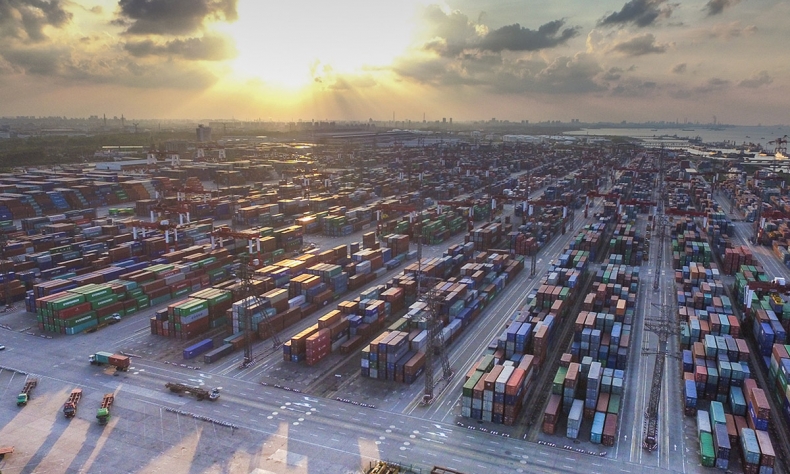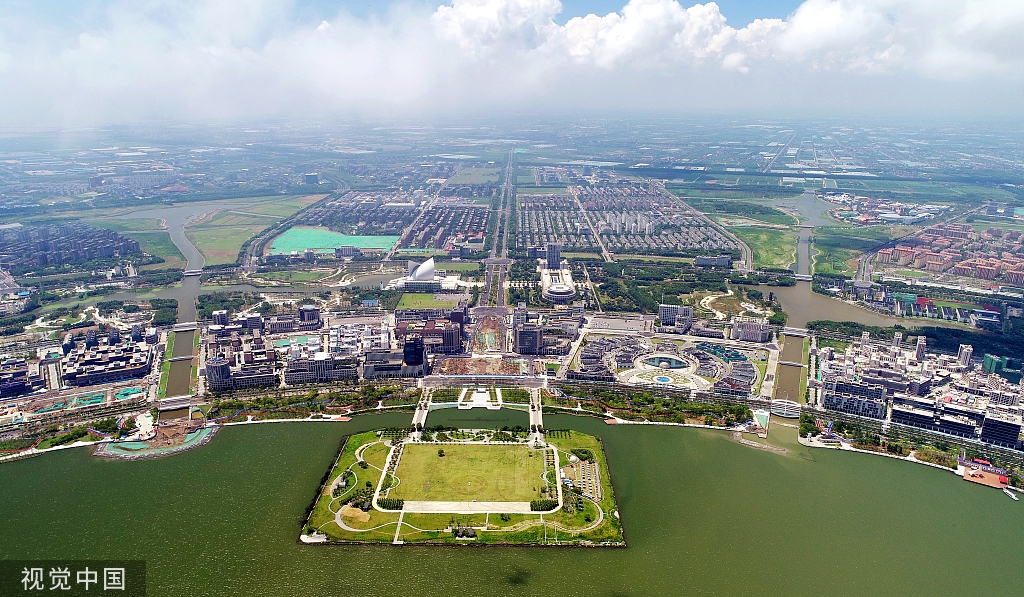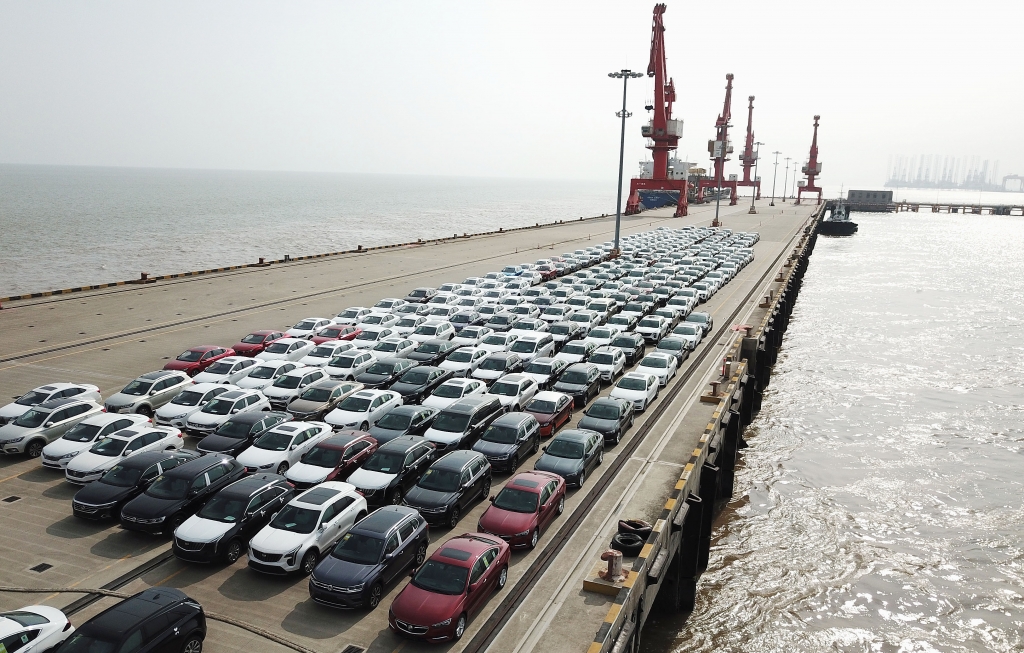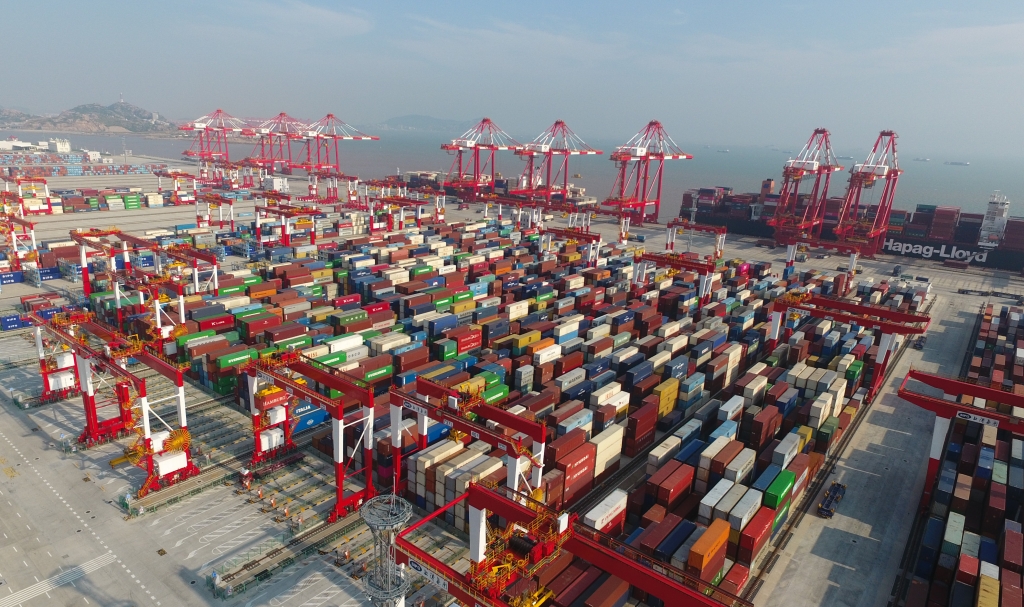
Shanghai FTZ’s New Area Pioneers Further Opening Up
The new area is not just a simple expansion of the existing free trade zone, offering a clone of existing policies; rather, it involves comprehensive, profound and fundamental institutional innovation and reform.
On August 6, China unveiled the Shanghai Pilot Free Trade Zone expansion plan, the latest major strategic move for further national opening-up.
As the Overall Plan for the Lingang New Area of the China (Shanghai) Pilot Free Trade Zone shows, it will be set up to the south of the Dazhi River, east of Jinhui Port, and south of Xiaoyangshan Island and Pudong International Airport in Shanghai.
Initially, work will concentrate on a section covering an area of 119.5 square kilometers that includes Nanhui New Town, Lingang Industrial Area, Xiaoyangshan Island and the area south of Pudong International Airport.
The new area is not just a simple expansion of the existing free trade zone, offering a clone of existing policies; rather, it involves comprehensive, profound and fundamental institutional innovation and reform.

Lingang will match the standard of the most competitive FTZs around the world and implement opening-up policies providing global market competitiveness.
The overall plan sets the goals for the new area, including establishment of an institutional system with investment and trade liberalization as the core, establishment of a comprehensive risk management system, and construction of an open industrial system with international market competitiveness.
It aims for high quality development and high standards of benchmarking international standards. According to an official introduction, it will facilitate investment and operation based on fair competition, implement a cross-border financial management system to facilitate the receipt and payment of funds, implement an open international transport management system, promote free and convenient personnel management, adopt tax systems and policies with international competitiveness, establish frontier industrial clusters with core technologies as the breakthrough point, and strengthen collaborative innovation and development in the Yangtze River Delta.
Thus, comparing with the existing Shanghai Free Trade Zone, Lingang New Area stands out in the following aspects:

First, the strategic positioning is higher. The goal of creating a “special economic function zone with greater international market influence and competitiveness” is clarified in the overall plan, learning from the experiences of the Shanghai FTZ.
Second, the strategic tasks are more than simply serving the overall interests represented by Shanghai FTZ. Lingang New Area will “strengthen the synergistic innovation and development of the Yangtze River Delta” introducing “a new round of reform and opening up [there].”
Third, industrial development is given a stronger emphasis with the objective of building “an open industrial system with international market competitiveness.”
Fourth, there are notable innovations in supervisory methods. For example, the Yangshan Special Comprehensive Bonded Zone will be built as a new type of special customs supervision area, and implementation of a higher level of trade liberalization and facilitation supervision policy will be explored.
However, the plan faces several challenges.
The first is that China is facing a severe and complex external environment. Some overseas institutions and media have long doubted the underlying strength of the Chinese economy and questioned China’s ability to “lead globalization.”
Meanwhile, unilateralism and trade protectionism have led to increased global trade friction. Geopolitical conflicts in Europe and the Middle East have cast a shadow over world economic development, global policy uncertainty has increased significantly and economic risks have expanded.
The second challenge is that there is no model to learn from for the new area, in view of the new area being different from existing FTZs in the country.
The proposed new institutional design will not be easy. As there is no model to refer to, the first issue to be faced is how it should move forward. In addition, the internal and external linkage mechanism of the new area is more critical, such as that with the Yangtze River Delta on the basis of further implementation of opening up to the outside world.
So, how will the Lingang New Area move forward? The first need is setting the framework for the two stages stated in the Overall Plan – formation of a relatively mature institutional system by 2025, and becoming an important carrier for deeper national integration with the trend of economic globalization by 2035.
The first one is a very important stage of development, while the second is the upgrade stage, so a well-designed framework is vital from the start.
In the first section to be developed, there are special customs supervision areas and industrial parks such as equipment manufacturing, R&D innovation and financial services.

A big challenge is to create a “special economic function zone with more international market influence and competitiveness” as outlined in the plan. Its core is the “Yangshan Special Comprehensive Bonded Zone,” which should also be a function of the Free Trade Port.
The third challenge is to create a better business environment in the area to include the development of matching policies, deregulation, convenient capital flow, highly open transportation, regulations for digital trade, intellectual property protection, technical standards, environmental standards, regulatory compliance, etc.
He Shuquan is a professor from School of Economics, Shanghai University.
Opinion articles reflect the views of their authors only, not necessarily those of China Focus.
 Facebook
Facebook
 Twitter
Twitter
 Linkedin
Linkedin
 Google +
Google +










